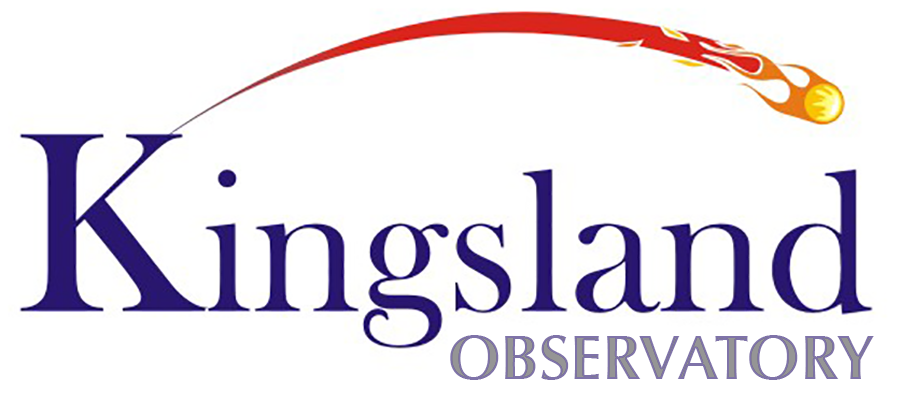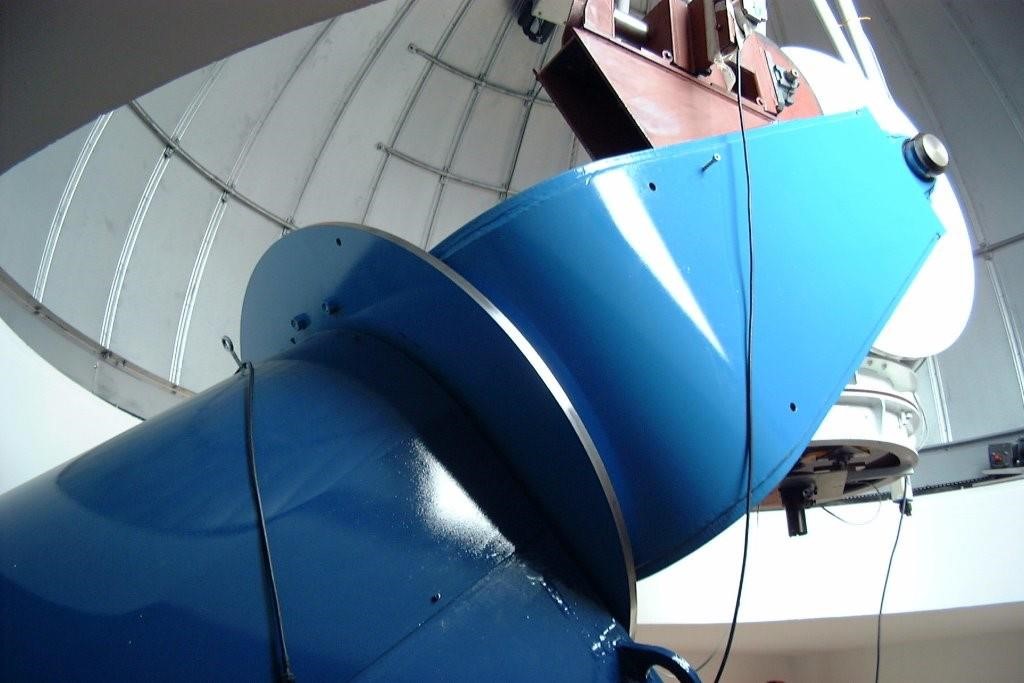Research
The main research is improving our observational work and developing appropriate tools in order to receive the optimum light from the telescopes for photometry and spectroscopy analysis. The two main areas are outer Solar System small and large bodies, instrumentation and the search for extraterrestrial intelligence.
Searching for Planet X (Brown Dwarf)
The recent observational survey work on the outer Solar System is now focusing on detecting a large planet (Planet X) in the Oort Cloud region. This research identified a statistical clumping in the sky of comets with periods longer than one million years based on many comets. The research hypothesised this could have been caused by a large planet of a few Jupiter masses orbiting the Sun. The search for the ‘Planet’ was carried out over four years using the 0.9m telescope to 22.7 Sloan i band magnitude when using deconvolution image processing. These observations were performed in September and April in order to detect any parallax of a distant object. Previous images were taken using the 1.2m Schmidt telescope at Siding Springs, Australia which resulted in 43 suspect planets down to 21 magnitude The Kingsland 0.9m telescope went down to fainter magnitudes to verify or refute these previous targets. Other survey images in infrared have also been used to possibly identify a target planet. However, further research using other recent survey material is being carried out in the same area where the other suspect planets were found. We are exploring suspect planet(s) in other bands of the spectrum that have been identified with the right characteristics based on expanding the parameters where planets may be orbiting a Brown Dwarf. The distance is expected to be within the outer Oort Cloud, but a mass that has gravitational influence on comets, possibly correlating with inner Solar System crater bombardment. It has become common to find binary systems throughout our galaxy and therefore to have a Brown Dwarf within our Solar System would not be a surprise.
Instrumentation
Research is on going in two specific fields:
- Extreme low weight large parabolic primary mirror: We are working with Space Exploration Ltd to come up with a mirror that is large and mobile. After a number of tests, we have now made a 1.3m mirror with an f/4 ratio. The mirror was made using 3D printing. There are multiple polymer type materials used in both the structure and polished surface. We expect to have the first tests at the end of 2019 and final completion in 2020. An equatorial mount and truss has been designed and some parts are already built. Because of the weight of the mirror at 150 lbs the mount and truss is also a fraction of the weight compared to conventional telescopes of the same size aperture. The final telescope can be mobile which means that it will be able to be relocated geographically to distant sites. The idea is to carry out occultations of faint EKBOs in the outer Solar System. The GAIA telescope is now operational and has determined astrometric positions of faint stars to milli arc second precisions. This has the advantage of determining when predicted faint EKBOs will be in the path of such an occultation event. This means the telescope can be moved to the path of the event and reach 20 magnitude and fainter. This research will open up the possibility of having a considerable amount of predicted EKBO occultation events resulting in better orbital fits.
- Moon light scatter reducer cut filter: The purpose is to increase the use of telescope time during the year with this filter no matter where the Moon is positioned in the sky. We have been working on this in two phases with Space Exploration Ltd and Applied Optics, NUI Galway. First phase of modeling the sky when the Moon is out is complete. This has been a long process as it involved complex modelling and spectroscopic analysis of the Moon light scatter sky. The final goal is an active filter system that will attenuate the Moon light scatter. The implications are significant for time on telescopes. Normally observatories close down for about 7 days a month due to this problem. After two years, we have already finalized our models of Moon light scatter which correlates closely with our observed spectroscopic studies of Moon light scatter. We are at present developing the first prototype with Space Exploration Ltd. This is due for completion in 2017. Tests will be carried out at our new site in Spain on our 0.6m telescope.
Search for Extraterrestrial Intelligence:
Widening the scope of new methods of detecting extra-terrestrial civilizations would offer more options within SETI. ETI civilisations may be using quantum superluminal communications as a means to transfer information over vast galactic distances instantaneously outside the electromagnetic spectrum. This possible activity may be by passing current SETI radio methods for detection. Analysis of Kardashev Classes 1 to 2 civilizations may be using faster than light travel and therefore superluminal communications . This means that it opens up the possibility of widening the search capabilities for an early detection. An experimental super luminal communications transceiver system is currently been used at SETI Kingsland to widen the possibility of detections and is complimentary to the existing radio/microwave searches. This new system provides not only possible detections but instant two way communications with an ETI civilization. Further research in this area can be studied at the site SETI KINGSLAND
© 2019 Kingsland Observatory all rights reserved


